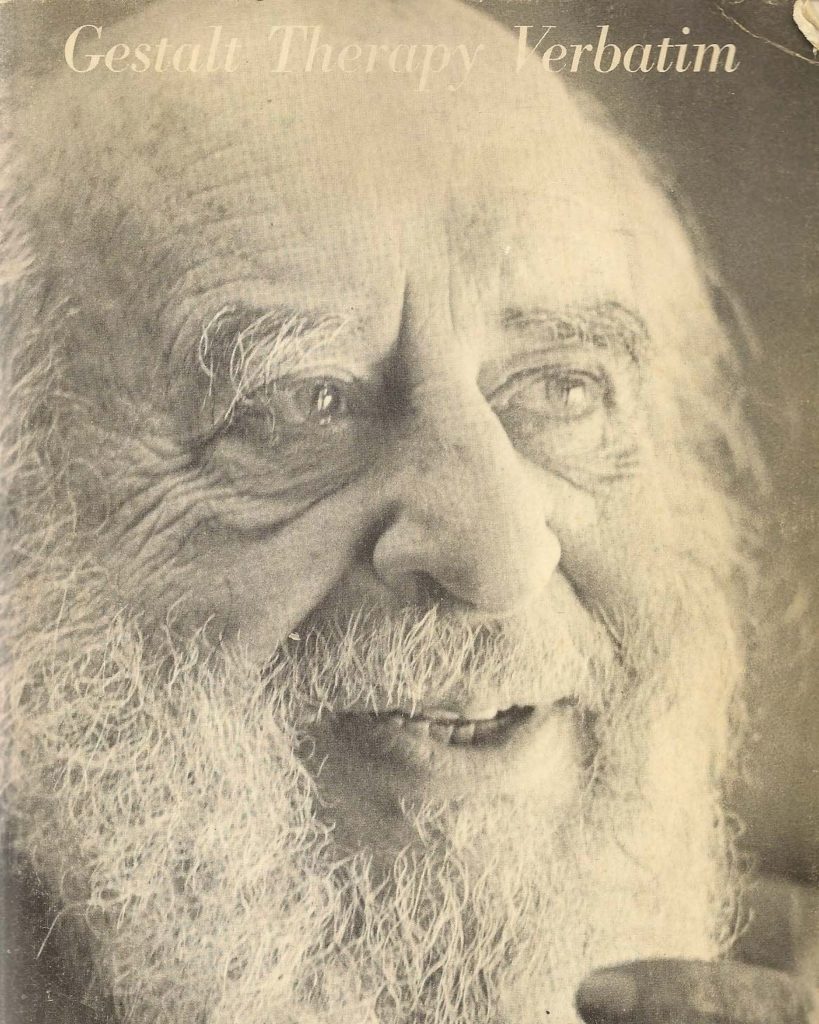Friedrich Salomon Perls, better known as Fritz Perls, was a German physician, psychiatrist and psychoanalyst considered the father of Gestalt Therapy. Perls was a contradictory and fascinating man, who spent his whole life surrounded by intellectuals, theoretical debates and travels around the world.
He was born in Berlin on July 8, 1893, in a Jewish ghetto. He had two older sisters, Else Grete. Su his father, Nathan, was a wine merchant and was often away from home. His mother, Amalia, came from a lower-middle-class family and influenced Fritz’s interest in art, which accompanied his whole life.
- In an interview.
- Grete described his brother’s childhood as wild.
- A difficult child.
- Though a good student.
- Studying at the Mommsen-Gymnasium in Berlin.
- A very strict educational center.
- Which exuded anti-Semitism in the hallways.
- He was deported at the age of 13.
Perls’ relationship with his father has always been quite conflicted, in his diary he defined his ascender as a hypocritical and contradictory man, who hated his mother and cheated on her with other women. This rejection went so far that Perls refused to attend his father’s funeral.
Fritz Perls resumed his studies on his own initiative at a humanist school, the Askaniches Gymnasium, at which point he met Max Reinhardt, theatre director who cultivated a great interest in this art, which lasted until his death.
He later began his medical studies, shortly the afterlife of World War I and Perls enlisted as a Red Cross volunteer, an experience that left him a profound impression, although he did not mention it until many years later in his biography “Life in Trench Agony: Horror of Life and Horror of Dying”.
In 1920 Fritz Perls obtained his medical degree from Frederick Wilhelm University in Berlin, soon after he specialized in neuropsychiatry, later meeting the philosopher Friedlander, whose influence was decisive in his work, in 1923 he decided to go to New York. , but returned frustrated at not being able to validate his title because he could not speak English. His discomfort led him to psychoanalysis with Karen Horney. This has changed his life.
Perls, fascinated by psychoanalysis, decided to become a psychoanalyst, but had to move to Frankfurt to take an assistant position with a psychiatrist named Kurt Goldstein, who was working on the theory of Gestalt psychology, where he met Laura Possner, a student who Years later she would become his wife, although her family and her analyst at the time, Clara Happel, disagreed on the relationship: Perls was 36 and Laura was only 24.
A year later he began working as an analyst in Vienna and in 1928 became a full-time therapist in Berlin. Between that date and 1930, Perls had contact with the psychoanalysis of Eugen Harnick and shortly after Wilheim Reich, who had been a disciple of Freud himself, but had distanced himself from his postulates. Much of the theory later developed by Perls was inspired by Reich’s approach.
Once Hitler came to power, Fritz Perls went to Holland, where he was not allowed to work. After experiencing great difficulties with his wife and newborn daughter, Ernst Jones helped him find a job as a psychoanalysis teacher in Johannesburg, South Africa and, with his wife Laura, founded the South African Institute of Psychoanalysis. In 1936 he was invited to a congress and in Prague, and presented some of his ideas, which provoked a great revolt that affected him in such a way that he eventually distanced himself from traditional psychoanalysis.
With the help of his wife, Perls began to shape his own theory. In 1942, he moved to New York and published his first book:?Me, hunger and aggression, a review of Freud’s theory and method?Four years later, he founded the group of seven?With other intellectuals. In 1951, what many consider the bible of this new theory to launch, in its original title: “Gestalt Therapy: Emotion and Growth of the Human Personality?”.
The new work was born with the help of the poet Paul Goodman, who literaryly shaped several of its pages, is a complete text that uses gestalt psychology theory, psychoanalysis, phenomenology, existentialism and American pragmatism. He also added some postulates of Buddhism, following a trip to Japan.
Since then, Gestalt Therapy has had a conflicting future. In 1956, Perls separated from Laura and the two advanced the theory in different ways. While Laura and Paul Goodman remained fully faithful to the original principles, Perls departed from this point of view and eventually incorporated the Zen principles as well as the teachings of In His Last Days, Fritz behaved more like a guru than as a therapist. He died of a heart attack after a long journey.
In a very simple and didactic way, it could be said that Gestalt Therapy is a current that has as its main aspect the way in which subjects live reality, being less important the facts lived, does not focus on what happens to each person, but on how that person perceives what happened, that is, it focuses on the processes , not in content, this approach is part of humanist psychology and underpins three fundamental principles:
Finally, Fritz Perls Gestalt Therapy proposes a process of intervention on the individual, on the part of the individual, aimed at the ability to review and re-develop his representations of reality, and to be able to build a more autonomous life focused on his own potential. This theory applies in many areas: as the clinical field, the social sphere and even in the field of work.
Bibliography
Biography of Fritz Perls. (2017). Fritzgestalt. com.
Biography of Friedrich Salomon Perls. (2017). Psicomundo. org.
Chon, M. (2017). Fritz Perls: Biography and Main Theores?Lifeder. Lifeder.
Sarri, C. (2017). Fritz Perls: the beginnings of Gestalt Therapy?Part 1. Gestalt Valencia Clotilde Sarri Therapy.

